
1975 Song Quiz
Difficulty : Medium Get 6/10 correct to pass the quiz
Question 1 of 10
Who sang this song : "Don't Let the Sun Go Down On Me" (Popular in 1975)?
Question 2 of 10
Who sang this song : "Band On the Run" (Popular in 1975)?
Advertisement
Question 3 of 10
Who sang this song : "You Make Me Feel Brand New" (Popular in 1975)?
Question 4 of 10
Who sang this song : "Never, Never Gonna Give You Up" (Popular in 1975)?
Question 5 of 10
Who sang this song : "Seasons In the Sun" (Popular in 1975)?
Question 6 of 10
Who sang this song : "I Honestly Love You" (Popular in 1975)?
Question 7 of 10
Who sang this song : "The Joker" (Popular in 1975)?
Advertisement
Question 8 of 10
Who sang this song : "Lookin' for a Love" (Popular in 1975)?
Question 9 of 10
Who sang this song : "Spiders and Snakes" (Popular in 1975)?
Question 10 of 10
Who sang this song : "Boogie Down" (Popular in 1975)?
Advertisement

MORE QUIZZES
1960s Song Quiz
10 mixed questions in one quiz
10 mixed questions in one quiz

1960s Song Quiz
10 songs to guess
10 songs to guess
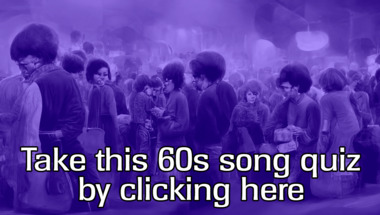
General Trivia Quiz
10 amazing questions
10 amazing questions

General Trivia Challenge
10 random questions
10 random questions

Trivia Quiz
10 fun questions
10 fun questions

Trivia quiz for people who a
10 tricky questions
10 tricky questions

Food & Cooking Quiz
Play it with your loved one
Play it with your loved one

Mixed Knowledge Quiz
How many correct will you get?
How many correct will you get?

General Trivia Quiz
10 questions to test your knowledge
10 questions to test your knowledge

Advertisement
Are you smart enough for thi
10 mixed genereal questions
10 mixed genereal questions
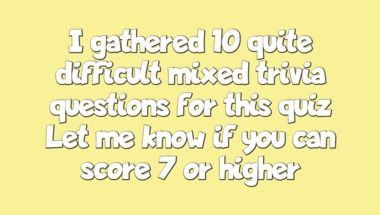
How's your brain today?
10 questions to test your knowledge
10 questions to test your knowledge

60s song quiz for everyone
How many of them will you remember?
How many of them will you remember?
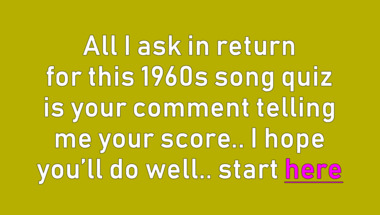
Music Quiz
10 questions
10 questions
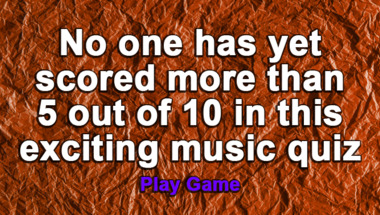
Quiz : How's your Spanish?
How many of them will you answer correctly?
How many of them will you answer correctly?

General Trivia Quiz
10 mixed questions for you to have fun with
10 mixed questions for you to have fun with

Music Quiz
10 questions to test your knowledge
10 questions to test your knowledge
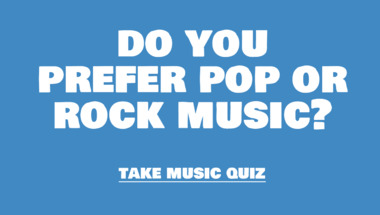
Super hard food and cooking
Are you a foodie?
Are you a foodie?

Trivia Quiz created by a mou
Get 8 right to taste the cheese!
Get 8 right to taste the cheese!
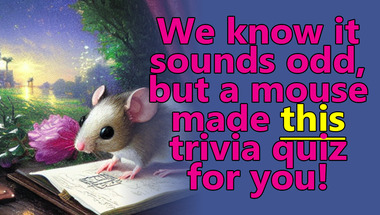
Advertisement
1950s Music Quiz
10 Expert Questions
10 Expert Questions

Super hard food and cooking
10 mixed questions
10 mixed questions

Computer Quiz For Seniors
10 Questions To Test Your Knowledge
10 Questions To Test Your Knowledge

It is time for a trivia quiz
10 questions in different categories
10 questions in different categories

1960s Song Quiz
10 songs to guess
10 songs to guess
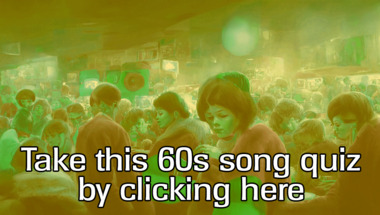
Trivia Quiz for everyone on
A fun trivia quiz with 10 questions
A fun trivia quiz with 10 questions
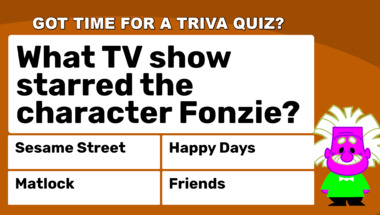
Mixed trivia quiz for smart
10 mixed questions
10 mixed questions

Trivia Quiz
10 mixed up questions
10 mixed up questions

Food & Cooking Quiz
10 mixed up questions
10 mixed up questions

Advertisement
Trivia Quiz : General Knowle
10 fun questions
10 fun questions
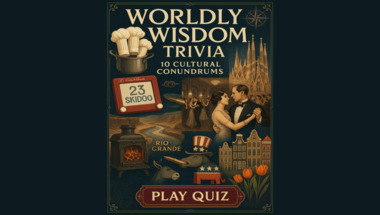
How smart are you?
10 questions trivia quiz
10 questions trivia quiz

Do you love quizzes?
Here's 10 general knowledge questions for you
Here's 10 general knowledge questions for you

Quiz about Old Sayings
How many correct will you get?
How many correct will you get?
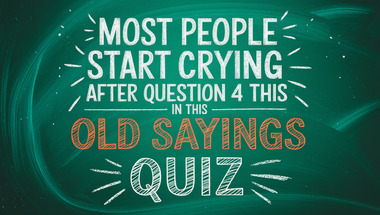
History Quiz
10
10

10 mixed general trivia ques
Trivia quiz
Trivia quiz

10-Question Global Challenge
How many right answers can you rack up? (10-q..
How many right answers can you rack up? (10-q..

Medicine Quiz
10 questions
10 questions

Trivia quiz covering various
10 trivia questions covering a wide range of ..
10 trivia questions covering a wide range of ..

Advertisement
Trivia quiz covering a varie
Test your knowledge with 10 trivia questions
Test your knowledge with 10 trivia questions

General Trivia Challenge
10 random questions
10 random questions

History Trivia Quiz (10 ques
Come, let us play!
Come, let us play!

General Trivia Quiz
10 mixed up questions
10 mixed up questions

1970s Song Quiz
10 questions
10 questions

Mixed knowledge questions
Tell us your result in the comments
Tell us your result in the comments

10-question time travel triv
How many right answers can you rack up?
How many right answers can you rack up?

A quiz for home cooks and fo
10 mixed questions to challenge your knowledg..
10 mixed questions to challenge your knowledg..

Food and cooking quiz
10 mixed questions
10 mixed questions
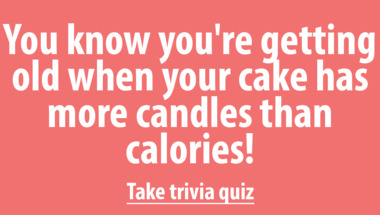
Advertisement
10-question quiz of curious
How many answers will you nail this time?
How many answers will you nail this time?

1950s Hits: 10-Question Chal
How many tunes can you nail in this 10-questi..
How many tunes can you nail in this 10-questi..

Trivia quiz covering a varie
10 questions with a variety of topics
10 questions with a variety of topics

10 food and cooking question
10 interesting questions
10 interesting questions

The Impossible Movie Quiz
10 Questions That You Wont Get Right
10 Questions That You Wont Get Right

Trivia Quiz (General Knowled
10 questions to conquer
10 questions to conquer

10 trivia questions in one f
How high will your score be?
How high will your score be?

History challenge for expert
Can you get more than half of them right?
Can you get more than half of them right?

Food & cooking quiz
10 mixed questions
10 mixed questions

Advertisement
Music Quiz
How high can you score?
How high can you score?

Movie quiz for movie fans
10 hot questions
10 hot questions

General Trivia Quiz
10 questions to answer
10 questions to answer

General trivia quiz
10 mixed questions
10 mixed questions

Music Quiz For Smart People
How many correct answers will you get?
How many correct answers will you get?
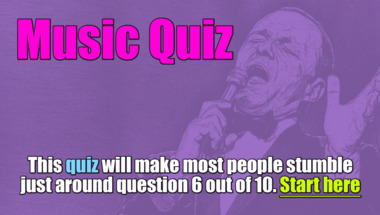
General Trivia Quiz
10 mixed general trivia questions
10 mixed general trivia questions

General Trivia Quiz
How many of them will you answer correctly?
How many of them will you answer correctly?

Can you nail these questions
We think you can't!
We think you can't!

Science & Nature Trivia Quiz
10 Almost Impossible Questions
10 Almost Impossible Questions

Advertisement
Fun trivia quiz
10 fun questions
10 fun questions
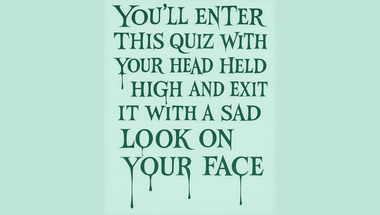
10-question mixed knowledge
How many questions will you ace in this 10-qu..
How many questions will you ace in this 10-qu..

Movie Quiz
How many of them will you answer correctly?
How many of them will you answer correctly?

Trivia Smart Quiz
10 Smart Questions
10 Smart Questions

10 General Knowledge Questio
How many of them will you answer correctly?
How many of them will you answer correctly?

Mixed Knowledge Quiz
10 questions to test your knowledge
10 questions to test your knowledge

Test your knowledge with the
Can you guess how many right answers you'll g..
Can you guess how many right answers you'll g..

1960s Song Quiz
10 questions
10 questions

1960s Quiz
Level : Difficult
Level : Difficult
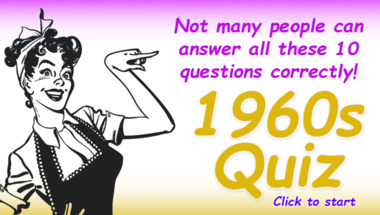
Advertisement
We present : A general trivi
Ten fun questions
Ten fun questions

World History Trivia Quiz
10 mixed questions
10 mixed questions

Trivia Quiz for everyone
What did you score?
What did you score?

General trivia fun
10 fun questions
10 fun questions

Hard trivia quiz
10 mixed up questions
10 mixed up questions

Mixed Knowledge Quiz
10 questions to test your knowledge
10 questions to test your knowledge

Fun movie quiz
10 exciting questions
10 exciting questions

General Trivia Quiz
10 mixed questions
10 mixed questions

General Knowledge For Trivia
10 questions to test your knowledge
10 questions to test your knowledge

Advertisement
The Ultimate Brain Test
10 Mixed Trivia Questions
10 Mixed Trivia Questions
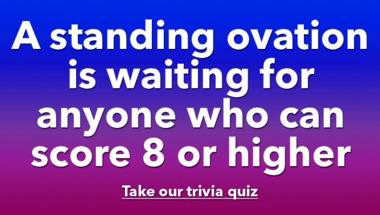
Trivia Quiz : 10 general kno
Are you up for a quiz?
Are you up for a quiz?

History Quiz (10 questions)
Are you ready? :)
Are you ready? :)

Trivia Quiz. Are you ready?
10 mixed up questions
10 mixed up questions

Knowledge Quiz For The Smart
Only smart people stand a chance
Only smart people stand a chance

Mixed Knowledge Quiz
10 mixed questions
10 mixed questions
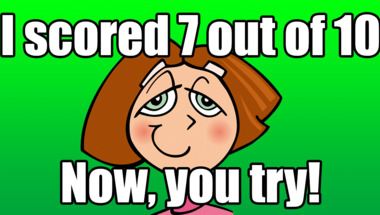
10 movie questions
A quiz about movies
A quiz about movies

1980s Lyrics Quiz
Do you remember all these famous songs?
Do you remember all these famous songs?
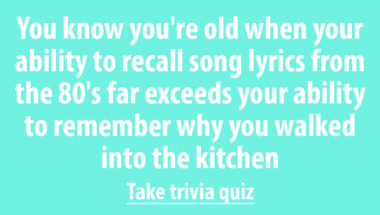
World History Quiz
Did you pay attention in school?
Did you pay attention in school?

Advertisement
Mixed Knowledge Quiz
10 mixed questions
10 mixed questions
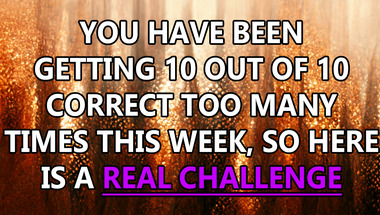
A trivia quiz for the bright
10 mixed general trivia questions
10 mixed general trivia questions

History Trivia Quiz For Ever
Let Me Know Your Score In the Comment Section
Let Me Know Your Score In the Comment Section

General Trivia Questions For
10 questions to beat
10 questions to beat

Big brain trivia quiz
10 brainy questions
10 brainy questions
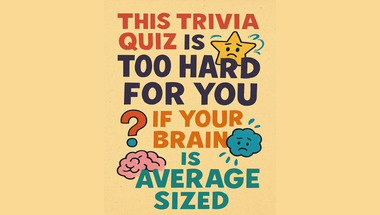
60s song quiz
10 songs to guess
10 songs to guess
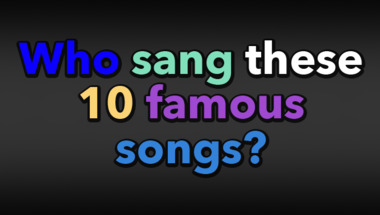
World History Quiz
10
10

History Quiz (Medium Difficu
Can you answer 7/10 of these questions?
Can you answer 7/10 of these questions?

General Trivia Quiz
10 questions
10 questions

Advertisement
General Trivia Quiz
10 tricky questions
10 tricky questions
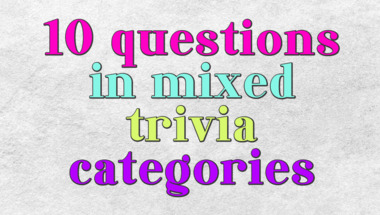
10 movie questions
A quiz about movies
A quiz about movies

Quiz : Do you know 1950s son
10 questions about the songs of the past
10 questions about the songs of the past

Business & Technology Trivia
10 Extremely Hard Questions
10 Extremely Hard Questions

Hard trivia quiz
Can you score 8/10?
Can you score 8/10?

10 mixed general trivia ques
Trivia quiz
Trivia quiz

General Trivia Quiz
10 mixed general trivia questions
10 mixed general trivia questions

History Quiz
10 questions
10 questions

1970s Lyrics Quiz
These lines are all missing a word!
These lines are all missing a word!
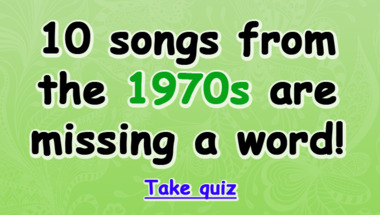
Advertisement
Geography Trivia Quiz
10 questions to test your knowledge
10 questions to test your knowledge

History Quiz (Medium Difficu
Can you answer 7/10 of these questions?
Can you answer 7/10 of these questions?

A quiz about knowledge
10 questions from us to you!
10 questions from us to you!

Trivia quiz for people who a
10 mixed questions
10 mixed questions
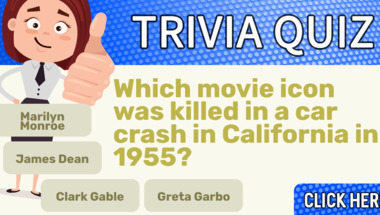
Technology Trivia Quiz
10 questions to test your knowledge
10 questions to test your knowledge

10-Question Culinary Challen
How many questions will you ace in this 10-ro..
How many questions will you ace in this 10-ro..

General Trivia Quiz
10 questions that will put you to the test
10 questions that will put you to the test

Hard movie quiz
10 movie related questions
10 movie related questions
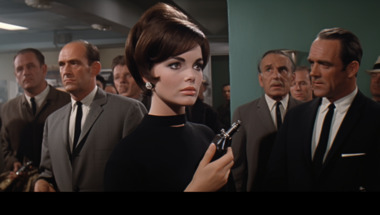
Mixed General Trivia Quiz
10 questions lined up
10 questions lined up

Advertisement
Quiz about food
10 questions of varying topics
10 questions of varying topics

HARD trivia quiz
Score above 4/10 to beat it
Score above 4/10 to beat it

Nostalgia Trivia Quiz
10 questions to test your knowledge
10 questions to test your knowledge
